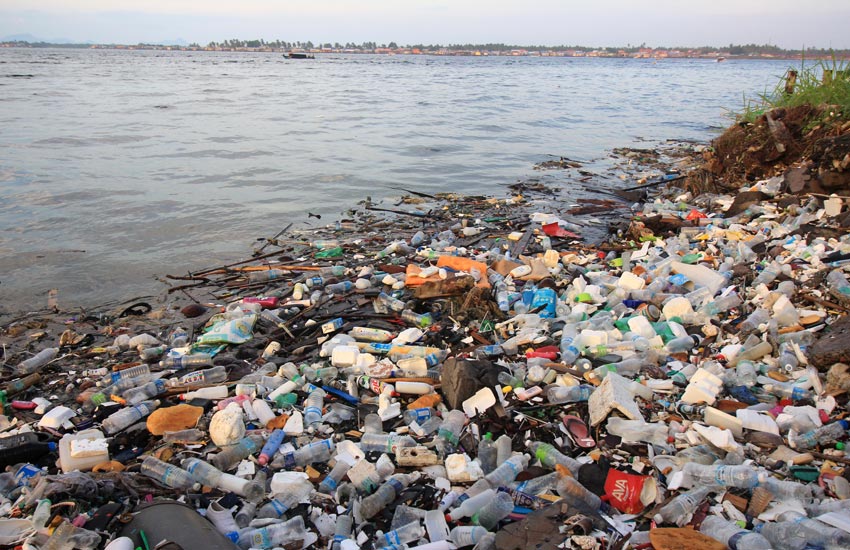Whether you know Kentucky as “Bluegrass State” for rolling hills and down-home music, “Bourbon Country” for its distilleries in Bardstown and Frankfort, “Horse Country” for its racing parks and breeder farms in Lexington, Louisville and Keeneland, there’s a nice Kentucky hotel to fit your travel needs. So come and visit!
Air Quality
The American Lung Association’s 2019 “State of the Air” report found the Louisville/Bardstown metro region ranked 26th as the most polluted city in the nation for ozone (smog) pollution. The region experienced more high ozone days and retained the ranking it received last year. According to the Air Quality Index, Kentucky’s overall air quality is good, although people with respiratory illnesses should be aware that Louisville and other Ohio Valley cities and towns can be hard on the lungs in the peak of summer.
Like most states, much of Kentucky’s pollution comes from familiar sources such as industrial activity and transportation. However, some regional pollution sources, such as mining, cause potential health hazards. Kentucky is number one on a list of the states with the most toxic air pollution from power plants. The Natural Resources Defense Council analyzed the data self-reported by industries in the toxicity report.
The practice of surface mining coal in the state of Kentucky is devastating to our health, environment, and ultimately our quality of life. Surface coal mining sucks money out of our state while destroying the mountains and polluting the water. Coal ash pollution from a pond at the Brown Power Station seeps into Herrington Lake according to the Kentucky Department for Environmental Protection. This segment is part of The State of Science, a series featuring science stories from public radio stations across the United States.
There are important uncertainties associated with using models to predict current air quality. Scorecard risk estimates are based on EPA exposure estimates and provide a perspective on the magnitude and sources of hazardous air pollution problems. Note they are not definitive evaluations of health risk in a particular locale.
Air pollution in Louisville is controlled by both laws and regulations. Laws are the acts, statutes, and ordinances passed by elected officials to govern an issue. For example, the Clean Air Act is a federal law that governs air pollution. Regarding the State of Kentucky’s Environment Executive Summary, the Environmental Quality Commission has been preparing the “State of Kentucky’s Environment: A Report of Progress and Problems.” The report was mandated by the legislature to assess environmental trends and conditions in the state.
That is why it is important the both the state and the residents learn how to better deal with waste management and junk removal. If unwanted garbage and litter is removed more efficiently, this will improve the quality of the air. People can use dumpster rentals in Louisville in order to dispose of all such items including hazardous materials that are detrimental to the environmnet.
The Air Pollution Control District monitors the local air and reports the daily air quality using the Air Quality Index as a guide. Check their site for more forecast information as well as on the AQI and on how you can be better informed about local air quality.
Water Quality
Water Quality in Kentucky is not as good as we hope. Kentucky has 13 major river basins containing over 89,400 miles of streams. More than 400 miles of streams have been designated outstanding resource waters and one hundred fourteen miles of nine streams have been designated wild rivers.
Through surface water testing around coal mines, citizens become better informed about threats to their water and their health, and are empowered to address water pollution issues. In a first stop in Benham, Ky. to meet with several members of Kentuckians for the Commonwealth who live in the area, many of them were born in the area, and thought pollution had increased over time.
Based on federal water quality standards, the Commonwealth of Kentucky’s Division of Water sets the uses designated for Beargrass Creek and monitors its progress in meeting specific water quality standards. Based on these standards, the Kentucky Division of Water (KDOW) classifies all three forks of Beargrass Creek as not meeting the minimum requirement.
